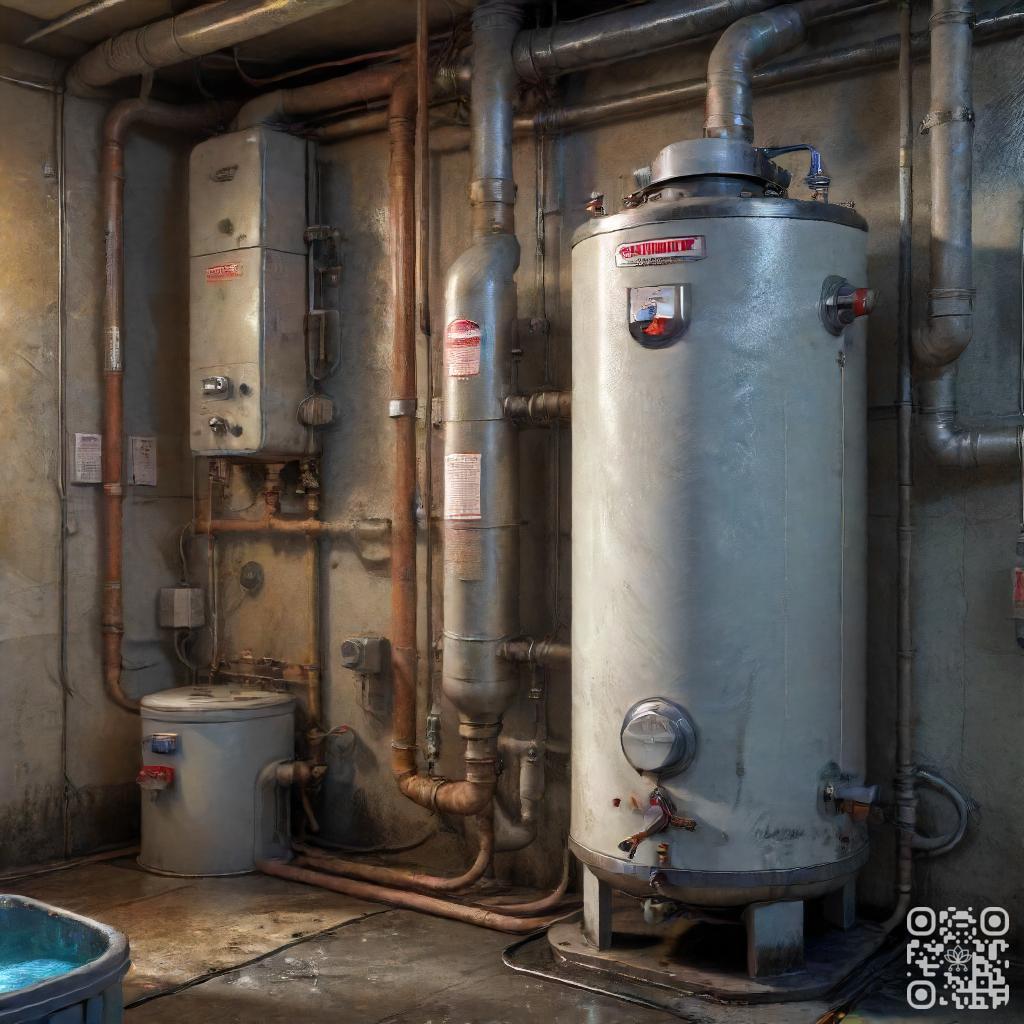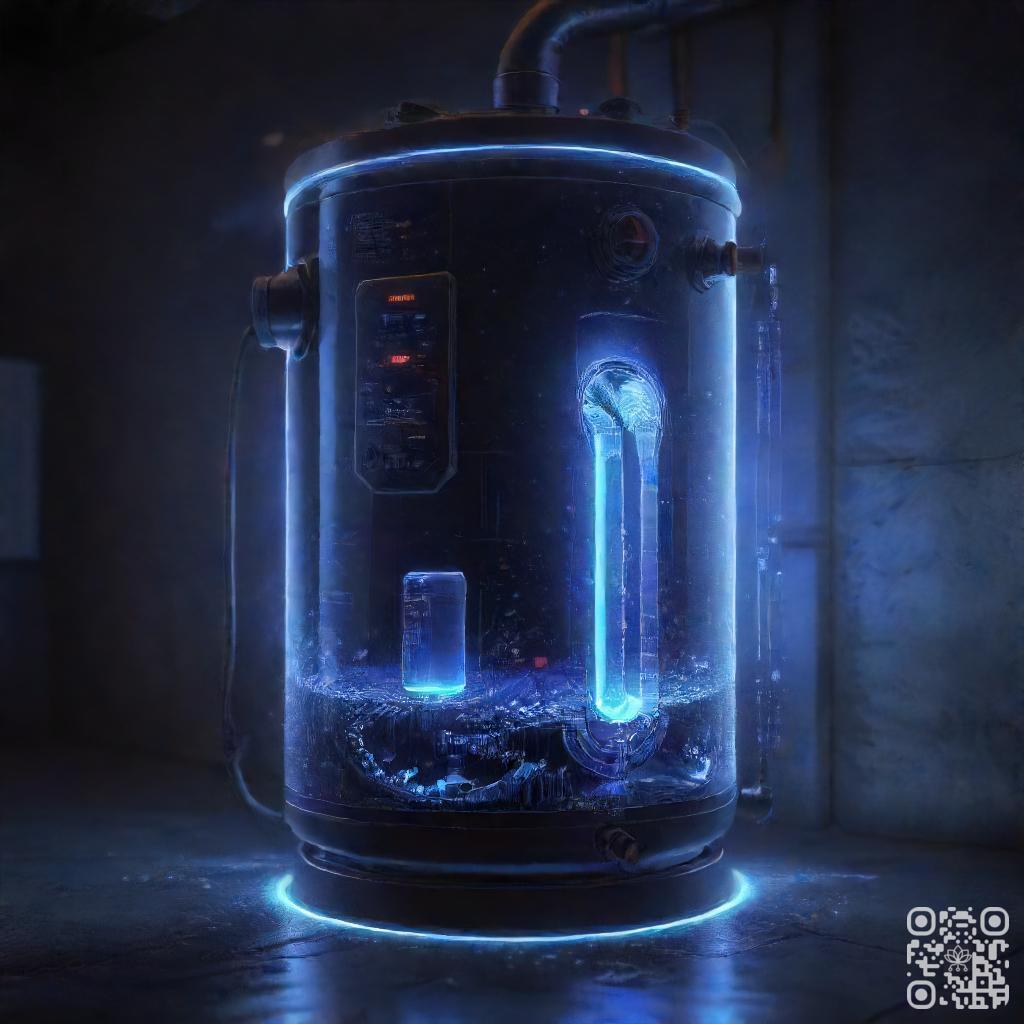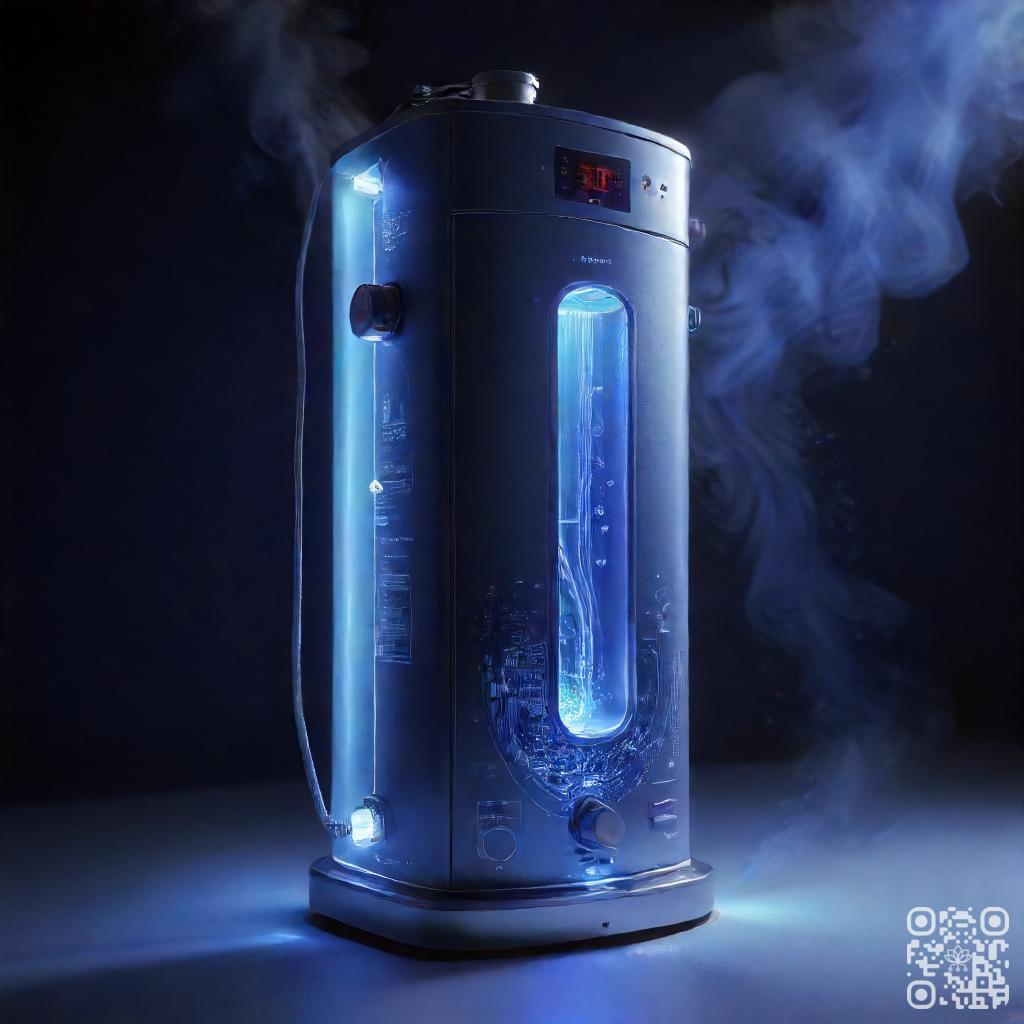
Sediment removal and water heater smart technology maintenance are essential aspects of ensuring efficient and long-lasting water heaters. By regularly removing sediment build-up, you can prevent clogs and extend the lifespan of your water heater.
Additionally, embracing smart technology allows for remote monitoring and control of your water heater, optimizing energy usage and reducing costs. Stay ahead of maintenance and enjoy reliable hot water with our expert tips and guidance.
Mastering Sediment Buildup in Water Heaters
Sediment buildup in water heaters can have negative effects on both efficiency and lifespan. Essential to understand the causes of sediment buildup and how to check for it in order to maintain the optimal performance of your water heater.
Causes of sediment buildup
Sediment buildup is primarily caused by minerals, such as calcium and magnesium, that are present in the water supply. Over time, these minerals settle at the bottom of the water heater tank and form a layer of sediment. This process is accelerated in areas with hard water, which contains higher mineral concentrations.
The buildup of sediment can also be influenced by factors such as high water temperature, inadequate flushing of the tank, and the age of the water heater.
Effects of sediment buildup on water heater efficiency and lifespan
When sediment accumulates at the bottom of the water heater tank, it acts as an insulator, preventing efficient heat transfer. This can lead to decreased energy efficiency, as the water heater requires more energy to heat the water to the desired temperature.
Sediment buildup can also cause corrosion and damage to the tank, reducing its lifespan. The sediment can trap heat against the tank walls, causing them to overheat and potentially weaken over time.
How to check for sediment buildup in your water heater
Regular maintenance and inspection of your water heater is essential to identify and address sediment buildup. Here are some steps to check for sediment:
- Turn off the power supply to the water heater.
- Connect a hose to the drain valve at the bottom of the tank.
- Open the drain valve and allow some water to flow out. If you notice discolored water or sediment coming out, it is an indication of sediment buildup.
- Flush the tank by opening the cold water supply valve and allowing water to flow through the tank and out of the drain valve. Repeat this process until the water runs clear.
Regularly checking for sediment buildup and flushing the tank can help maintain the efficiency and prolong the lifespan of your water heater.
| Causes | Effects | Checking for Sediment Buildup |
|---|---|---|
| Mineral content in water supply | Decreased energy efficiency | Turn off power supply |
| High water temperature | Corrosion and damage to tank | Connect hose to drain valve |
| Inadequate flushing of tank | Overheating of tank walls | Open drain valve |
| Age of water heater | Flush tank with cold water |
Regular maintenance and addressing sediment buildup will ensure the optimal performance and longevity of your water heater.
Traditional Methods of Sediment Removal
Sediment buildup in tanks can cause various problems, including reduced water quality and decreased tank capacity. To address this issue, several traditional methods of sediment removal can be employed.
1. Flushing the tank
Flushing the tank is a common method used to remove sediment. This process involves draining the tank completely and then refilling it with clean water. The force of the incoming water helps to dislodge and carry away the sediment, effectively cleaning the tank.
2. Manual removal of sediment
In cases where flushing alone is not sufficient, manual removal of sediment may be necessary. This method involves physically removing the sediment from the tank using tools such as shovels or vacuum devices. It requires careful attention to avoid damaging the tank or disturbing any other components.
3. Limitations of traditional methods
In the course of traditional methods of sediment removal can be effective, they also have their limitations. Flushing the tank may not completely remove all sediment particles, especially if they are deeply embedded or if the tank has complex internal structures. Manual removal can be time-consuming and labor-intensive, especially in larger tanks.
Smart Technology for Water Heater Maintenance
Water heaters are an essential component of any household, providing hot water for various daily tasks. To ensure their efficient operation and longevity, it is crucial to implement proper maintenance practices. One innovative approach to water heater maintenance is the utilization of smart technology.
Overview of smart technology for water heaters
Smart technology for water heaters involves the integration of advanced sensors and automated systems to monitor and optimize the performance of these appliances. By collecting real-time data, smart technology enables homeowners to effectively manage their water heater’s operation.
Benefits of using smart technology for water heater maintenance
The utilization of smart technology offers numerous benefits for water heater maintenance. Initially, it provides enhanced energy efficiency by optimizing heating cycles and reducing energy waste. This not only helps reduce utility bills but also contributes to a greener environment.
Furthermore, smart technology enables proactive maintenance. By continuously monitoring the water heater’s performance, it can detect potential issues or malfunctions early on. This allows homeowners to address problems promptly, preventing costly repairs or replacements.
Furthermore, smart technology provides convenience and ease of use. Through smartphone applications or web interfaces, users can remotely control and monitor their water heaters. This feature allows for precise temperature adjustments, scheduling, and monitoring, ensuring optimal comfort and convenience.
Types of smart technology available for water heater maintenance
There are various types of smart technology available for water heater maintenance. One common feature is sediment removal. Sediment buildup can affect the efficiency and lifespan of water heaters. Smart technology can detect and remove sediment, ensuring optimal performance and extending the appliance’s lifespan.
Additionally, some smart technology systems offer leak detection capabilities. Water leaks can cause significant damage and increase water bills. Smart sensors can detect leaks and send alerts to homeowners, allowing for immediate action to minimize damage.
Other smart features include self-diagnosis tools that can identify potential issues and provide troubleshooting recommendations. This empowers homeowners to address minor problems themselves, saving time and money.

How to Choose the Right Smart Technology for Your Water Heater
Pertaining to upgrading your water heater, choosing the right smart technology can make a world of difference. Not only can it intensify the efficiency and performance of your water heater, but it can also provide you with added convenience and control. In this article, we will ponder the factors to consider when selecting smart technology for your water heater, compare different types of smart technology available, and discuss the installation and maintenance requirements.
Factors to Consider When Choosing Smart Technology for Your Water Heater
- Compatibility: Before investing in smart technology for your water heater, ensure that it is compatible with your existing system. Check for compatibility with your water heater model and brand.
- Features: Determine what features are important to you. Do you want remote control capabilities, energy usage monitoring, or scheduling options? Consider your specific needs and preferences.
- Integration: If you have other smart home devices, consider whether the smart technology for your water heater can integrate with your existing ecosystem. Seamless integration can provide a more streamlined and cohesive smart home experience.
- Security: Ensure that the smart technology you choose offers robust security features to protect your data and privacy. Look for encryption protocols and authentication mechanisms.
- Price: As with any purchase, consider your budget. Smart technology for water heaters can vary in price, so determine what you are willing to invest in this upgrade.
Comparison of Different Types of Smart Technology Available
There are several types of smart technology available for water heaters. Here are some popular options:
| Type | Description |
|---|---|
| Smart Thermostats | Allow you to control and monitor your water heater remotely through a smartphone app. Some models also offer energy-saving features and advanced scheduling options. |
| Wi-Fi Modules | Enable your water heater to connect to your home Wi-Fi network, providing remote access and control. They often come with energy monitoring capabilities as well. |
| Smart Water Heater Tanks | These are water heaters with built-in smart technology. They offer advanced features such as self-adjusting temperature settings, leak detection, and energy efficiency tracking. |

Tips for Maintaining Your Water Heater with Smart Technology
1. Regular monitoring of water heater performance
One of the key advantages of having a water heater equipped with smart technology is the ability to monitor its performance regularly. By keeping an eye on the performance metrics, you can quickly identify any potential issues or inefficiencies. This allows you to take proactive measures to address them before they become major problems.
2. Setting up alerts and notifications for maintenance tasks
Smart water heaters come with the option to set up alerts and notifications for various maintenance tasks. These can include reminders to flush the tank, check the anode rod, or schedule professional inspections. By receiving timely reminders, you can ensure that your water heater stays in optimal condition and operates at its best efficiency.
3. Adjusting temperature and usage settings for optimal efficiency
With smart technology, you have the flexibility to adjust temperature and usage settings of your water heater for optimal efficiency. By fine-tuning these settings, you can save energy and reduce utility bills without compromising on comfort. For example, you can set the temperature to lower during times when hot water usage is minimal, such as when everyone is asleep or away from home.
Touching on maintaining your water heater with smart technology, these tips can help you ensure its longevity and efficient operation. Regular monitoring, setting up alerts, and adjusting settings will not only save you money but also contribute to a more sustainable lifestyle.
| Maintenance Task | Frequency |
|---|---|
| Flushing the tank | Every 6-12 months |
| Checking the anode rod | Every 2-3 years |
| Scheduling professional inspections | Annually |
Bottom Line
Keeping your water heater in good condition is essential for ensuring a steady supply of hot water and avoiding costly repairs. Smart technology maintenance can help you monitor your water heater’s performance and detect any issues before they become major problems. Regular sediment removal is also crucial for preventing buildup that can reduce efficiency and shorten the lifespan of your water heater. By conforming to these simple tips, you can extend the life of your water heater and enjoy reliable hot water for years to come.
Remember to consult your owner’s manual or a professional plumber for specific maintenance recommendations based on your water heater’s make and model. With proper care and attention, your water heater can continue to provide you with the hot water you need, when you need it.
Read More:
1. Sediment Impact On Water Heater Electronic Controls
2. Sediment Removal And Water Heater Thermostat Calibration










